Home>Articles>How Are Granite Countertops Attached To Cabinets
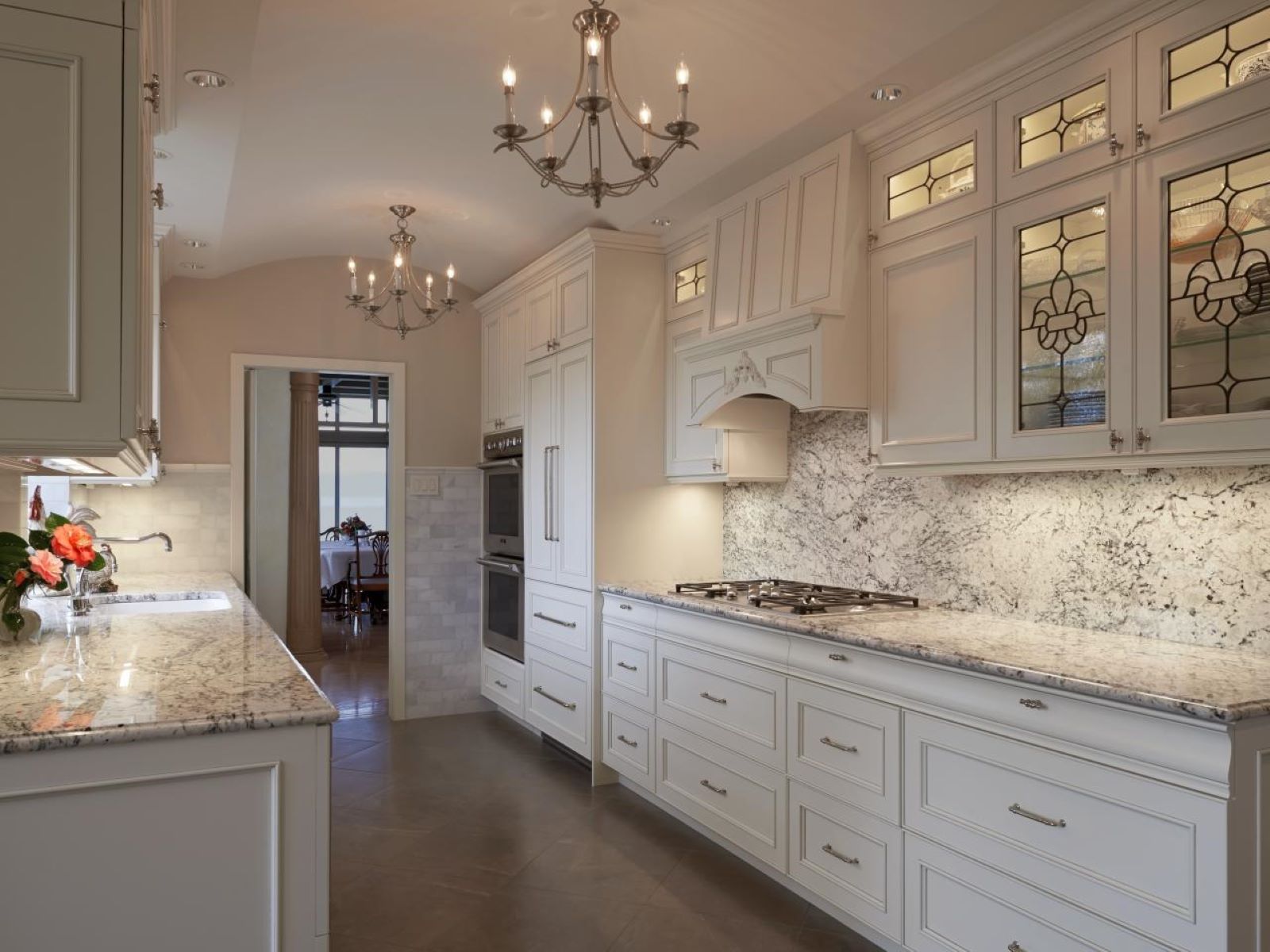

Articles
How Are Granite Countertops Attached To Cabinets
Modified: February 24, 2024
Learn how granite countertops are securely attached to cabinets in this informative article. Discover the key techniques and materials used for a durable and long-lasting installation.
(Many of the links in this article redirect to a specific reviewed product. Your purchase of these products through affiliate links helps to generate commission for Storables.com, at no extra cost. Learn more)
Introduction
Granite countertops have become a highly popular choice for kitchen and bathroom renovations. They are not only durable and aesthetically pleasing, but they also add value to the home. One important aspect of installing granite countertops is how they are attached to the cabinets. This plays a crucial role in ensuring stability, longevity, and proper alignment.
There are several methods used to attach granite countertops to cabinets, each with its own advantages and considerations. In this article, we will explore these methods in detail, providing insights into the adhesive method, bracket method, clamp method, and wedge method.
Understanding how granite countertops are attached to cabinets is essential for homeowners, contractors, and DIY enthusiasts. By knowing the different methods, you can make informed decisions when it comes to installation, maintenance, and repair of granite countertops in your home.
Key Takeaways:
- Attaching granite countertops to cabinets can be achieved through various methods such as adhesive, bracket, clamp, and wedge. Each method offers unique benefits and considerations, providing homeowners and professionals with options to suit their specific installation needs.
- While the adhesive method offers a seamless appearance and durability, the bracket method provides exceptional support for heavy countertops. The clamp method offers flexibility, and the wedge method is practical for cabinets with limited access, allowing for adjustments even after installation.
Read more: How To Attach Granite Countertop To Vanity
Adhesive Method
The adhesive method is one of the most common ways to attach granite countertops to cabinets. It involves the use of a strong adhesive to bond the granite to the cabinet surface. This method offers several benefits, including simplicity, cost-effectiveness, and a seamless appearance.
Before applying the adhesive, the cabinet surface and the underside of the granite countertop need to be clean and dry. Any dust, dirt, or moisture can weaken the bond, so it is crucial to carefully prepare the surfaces. Once they are clean, a high-quality epoxy adhesive is applied to the cabinet surface in a consistent pattern.
After applying the adhesive, the granite countertop is carefully placed onto the cabinet surface. It is essential to ensure proper alignment and a snug fit. Pressure is then applied evenly across the entire countertop to promote a strong bond. Clamps or temporary support may be used to hold the granite in place while the adhesive cures, which typically takes a few hours.
One advantage of the adhesive method is its ability to create a seamless, gap-free connection between the granite and the cabinets. This not only enhances the aesthetic appeal but also prevents moisture and dirt from seeping through the gaps. Additionally, the adhesive provides a strong and durable bond that can withstand the weight and daily use of the countertop.
However, it is worth noting that the adhesive method may not be suitable for certain situations, such as if the cabinet surfaces are uneven or if there are structural issues with the cabinets. In such cases, alternative methods like brackets or clamps may be more appropriate.
In summary, the adhesive method offers a practical and reliable way to attach granite countertops to cabinets. It provides a seamless appearance, durability, and cost-effectiveness. Proper preparation and application of the adhesive are essential to ensure a strong bond between the granite and the cabinets.
Bracket Method
The bracket method is another popular way to attach granite countertops to cabinets. It involves the use of metal brackets that are secured to both the cabinet and the underside of the granite countertop. This method offers excellent support and stability, making it ideal for heavy or overhanging countertops.
To utilize the bracket method, the first step is to attach the metal brackets to the cabinets. These brackets are specially designed to provide a sturdy connection between the cabinet and the granite. They are typically made of stainless steel or other durable materials that can withstand the weight of the countertop.
Once the brackets are secured to the cabinets, corresponding slots or holes are created on the underside of the granite countertop. These slots allow the brackets to be inserted, creating a secure and stable connection. The brackets are then tightened, ensuring a snug fit and proper alignment of the countertop.
The bracket method offers several advantages. First and foremost, it provides exceptional support and stability, making it suitable for heavy or overhanging countertops. This is particularly important in kitchen environments where heavy appliances, such as cooktops or sinks, may be installed in the countertop.
Another advantage of the bracket method is its adjustability. Since the brackets can be tightened or loosened, adjustments can be made to align the countertop perfectly. This flexibility is especially useful when dealing with uneven cabinet surfaces or when making post-installation adjustments.
However, it is worth noting that the bracket method may require additional labor and expertise. Installing the brackets and creating corresponding slots on the underside of the granite countertop may require professional assistance. DIY enthusiasts should exercise caution and follow the manufacturer’s instructions to ensure a proper installation.
In summary, the bracket method provides excellent support, stability, and adjustability when attaching granite countertops to cabinets. It is particularly suitable for heavy or overhanging countertops. While it may require professional assistance, the bracket method ensures a secure and reliable connection between the granite and the cabinets.
Granite countertops are typically attached to cabinets using a combination of adhesive and mechanical fasteners. The adhesive provides a strong bond, while the fasteners help to secure the countertop in place. It’s important to ensure that the cabinets are level and properly reinforced to support the weight of the granite.
Clamp Method
The clamp method is a versatile and effective way to attach granite countertops to cabinets. It involves the use of clamps, which hold the countertop securely in place, providing stability and support during the installation process. This method is particularly useful when dealing with irregular cabinet surfaces or when temporary attachment is required.
To utilize the clamp method, the first step is to position the granite countertop onto the cabinets. The countertop is carefully aligned and adjusted to ensure a proper fit. Once in position, clamps are applied to hold the countertop securely against the cabinet surface. The clamps are usually positioned along the edges of the countertop, ensuring even pressure distribution.
The clamps used in this method are typically adjustable, allowing for fine-tuning of the pressure applied. This adjustability is useful when dealing with uneven surfaces or when making slight adjustments to achieve proper alignment. The clamps are tightened to securely hold the countertop in place, providing stability during the installation process.
The clamp method offers several advantages. First and foremost, it allows for flexibility and adjustability, making it suitable for a variety of installation scenarios. Whether the cabinet surfaces are uneven or temporary attachment is required, the clamp method provides a reliable solution.
Additionally, the clamp method allows for easy removal and repositioning of the countertop if necessary. This can be particularly useful during repairs or when making modifications to the cabinets or the countertop itself. The clamps can be released, allowing the countertop to be lifted and adjusted as needed.
However, it is important to note that the clamp method may not provide a permanent attachment solution. While it is effective during the installation process, additional steps may be required to ensure a long-term and secure connection between the granite and the cabinets. Supplemental methods, such as adhesive or brackets, may be necessary for a more permanent and stable attachment.
In summary, the clamp method provides flexibility, adjustability, and ease of removal when attaching granite countertops to cabinets. It is particularly useful when dealing with irregular cabinet surfaces or when temporary attachment is required. However, additional measures may be necessary to ensure a permanent and stable connection between the granite and the cabinets.
Wedge Method
The wedge method is an innovative approach to attaching granite countertops to cabinets. It involves the use of wedges to provide support and stability during the installation process. This method is particularly useful when dealing with cabinets that have limited access or when adjustments need to be made after the initial installation.
To utilize the wedge method, the first step is to position the granite countertop onto the cabinets. The countertop is carefully aligned and adjusted to ensure a proper fit. Once in position, wedges are inserted between the underside of the countertop and the top of the cabinets. The wedges are strategically placed to provide support and stability.
The wedges used in this method are typically made of wooden or plastic materials. They are available in various sizes to accommodate different countertop and cabinet dimensions. The wedges are inserted gradually and adjusted as needed to achieve the desired support and alignment.
The wedge method offers several advantages. First, it provides a practical solution when dealing with cabinets that have limited access. Since the wedges can easily be slid into place, they are particularly useful when there is restricted space for other attachment methods, such as clamps or brackets.
Additionally, the wedge method allows for adjustments to be made even after the initial installation. If the countertop needs to be raised or leveled, the wedges can be added or removed accordingly. This flexibility is beneficial when dealing with cabinets that may settle over time or if modifications are made to the countertop or cabinets.
However, it is important to note that the wedge method relies on the proper placement and stability of the wedges. Care must be taken to ensure that the wedges are secure and properly support the countertop. Regular inspections and adjustments may be necessary to maintain the stability and alignment of the countertop.
In summary, the wedge method provides a practical and adjustable approach to attaching granite countertops to cabinets. It is particularly useful in situations where there is limited access or when adjustments need to be made after the initial installation. However, proper placement and regular maintenance are essential to ensure the stability and longevity of the countertop.
Read more: How To Attach Countertops To Cabinets
Conclusion
Attaching granite countertops to cabinets is a crucial step in the installation process. Choosing the right method ensures stability, longevity, and proper alignment of the countertops. In this article, we explored four popular methods: the adhesive method, bracket method, clamp method, and wedge method.
The adhesive method provides a simple and cost-effective way to attach granite countertops to cabinets. It offers a seamless appearance and a strong bond between the countertop and the cabinets. However, it may not be suitable for uneven cabinet surfaces or structural issues.
The bracket method offers exceptional support and stability, making it ideal for heavy or overhanging countertops. It provides adjustability and ensures a secure connection between the granite and the cabinets. Professional assistance may be required for installation.
The clamp method is a versatile approach that allows for flexibility and adjustability. It is particularly useful when dealing with irregular surfaces or temporary attachment. However, additional measures may be needed for a permanent connection.
The wedge method provides a practical solution, especially for cabinets with limited access. It allows for adjustments and provides stability during installation. Regular maintenance is essential to ensure the stability of the countertop.
Ultimately, the choice of attachment method depends on various factors, including the specific installation scenario and personal preferences. Consulting with professionals and following manufacturer guidelines is recommended to ensure a successful and secure attachment of granite countertops to cabinets.
By understanding the different attachment methods and their advantages, homeowners, contractors, and DIY enthusiasts can make informed decisions during the installation, maintenance, and repair of granite countertops. Investing time and effort into proper attachment ensures the beauty, durability, and functionality of these stunning additions to any kitchen or bathroom.
Frequently Asked Questions about How Are Granite Countertops Attached To Cabinets
Was this page helpful?
At Storables.com, we guarantee accurate and reliable information. Our content, validated by Expert Board Contributors, is crafted following stringent Editorial Policies. We're committed to providing you with well-researched, expert-backed insights for all your informational needs.
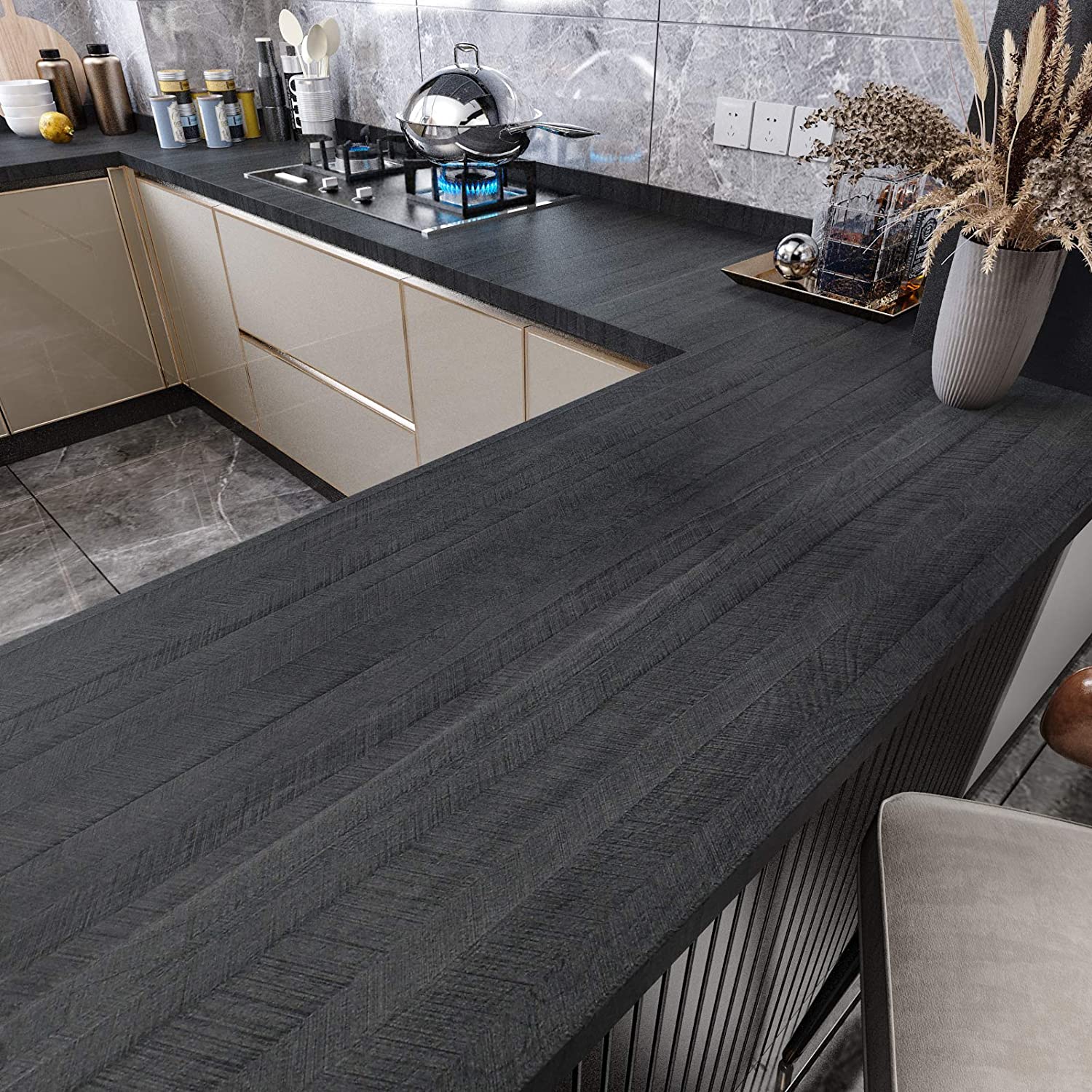
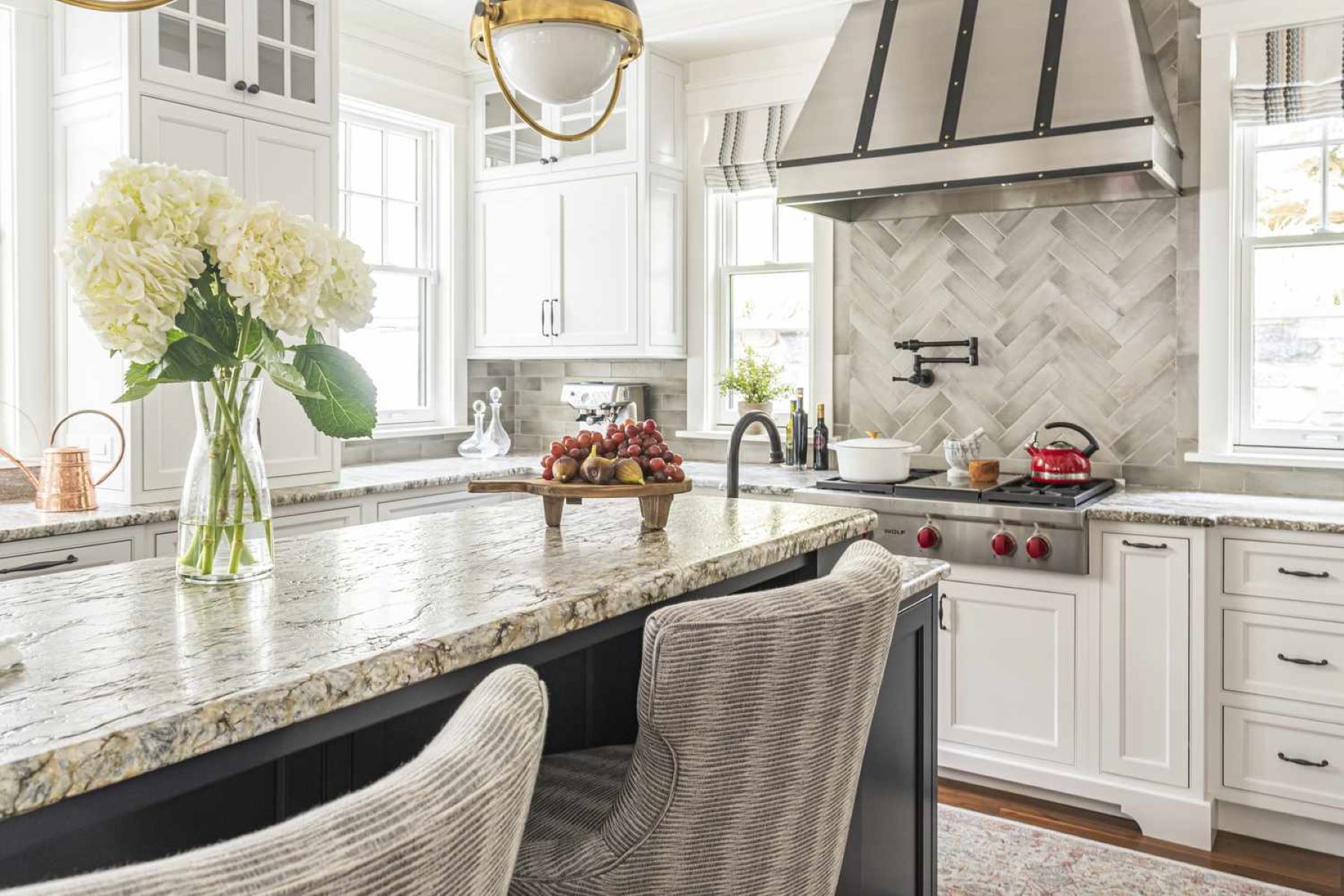
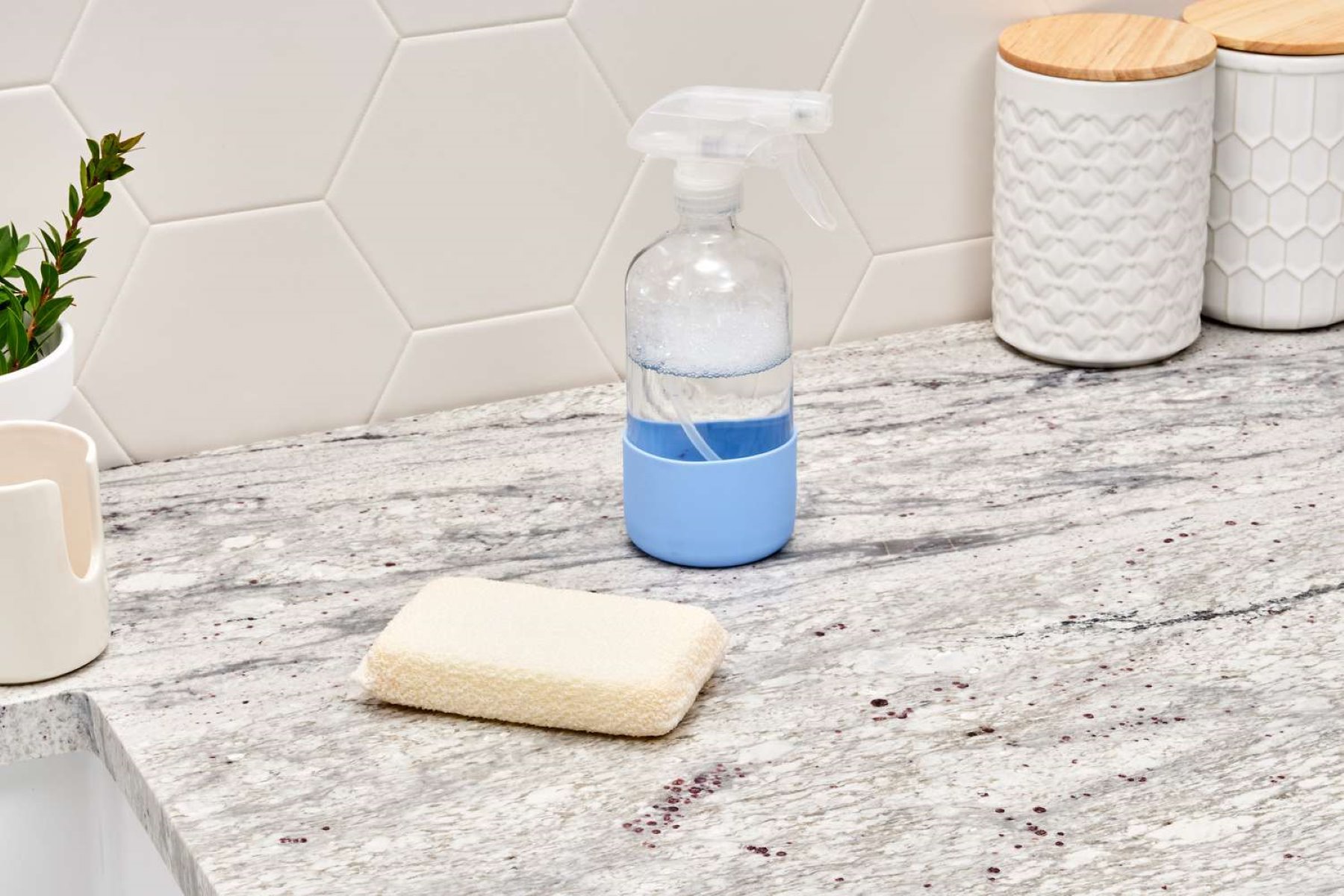
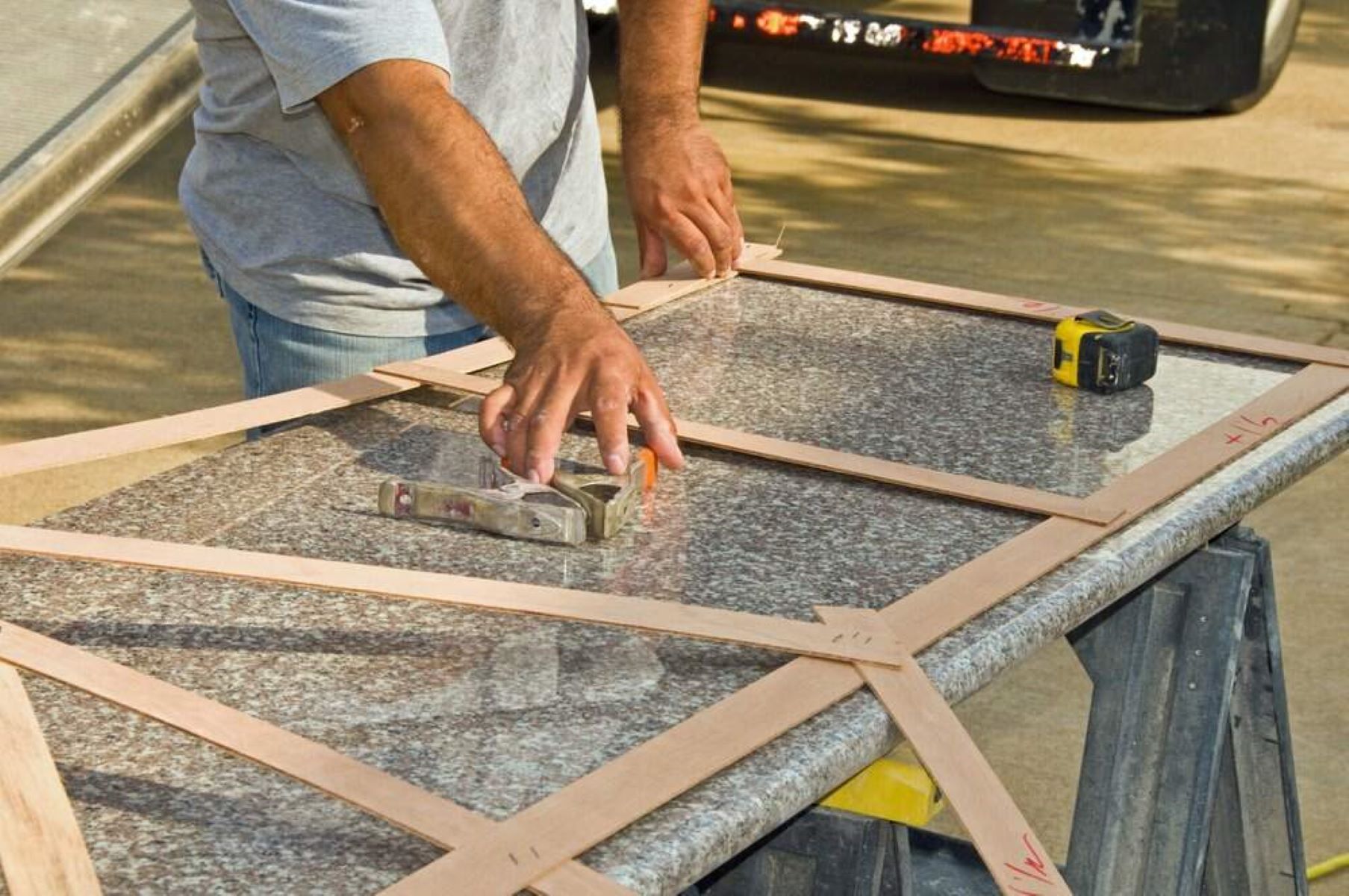
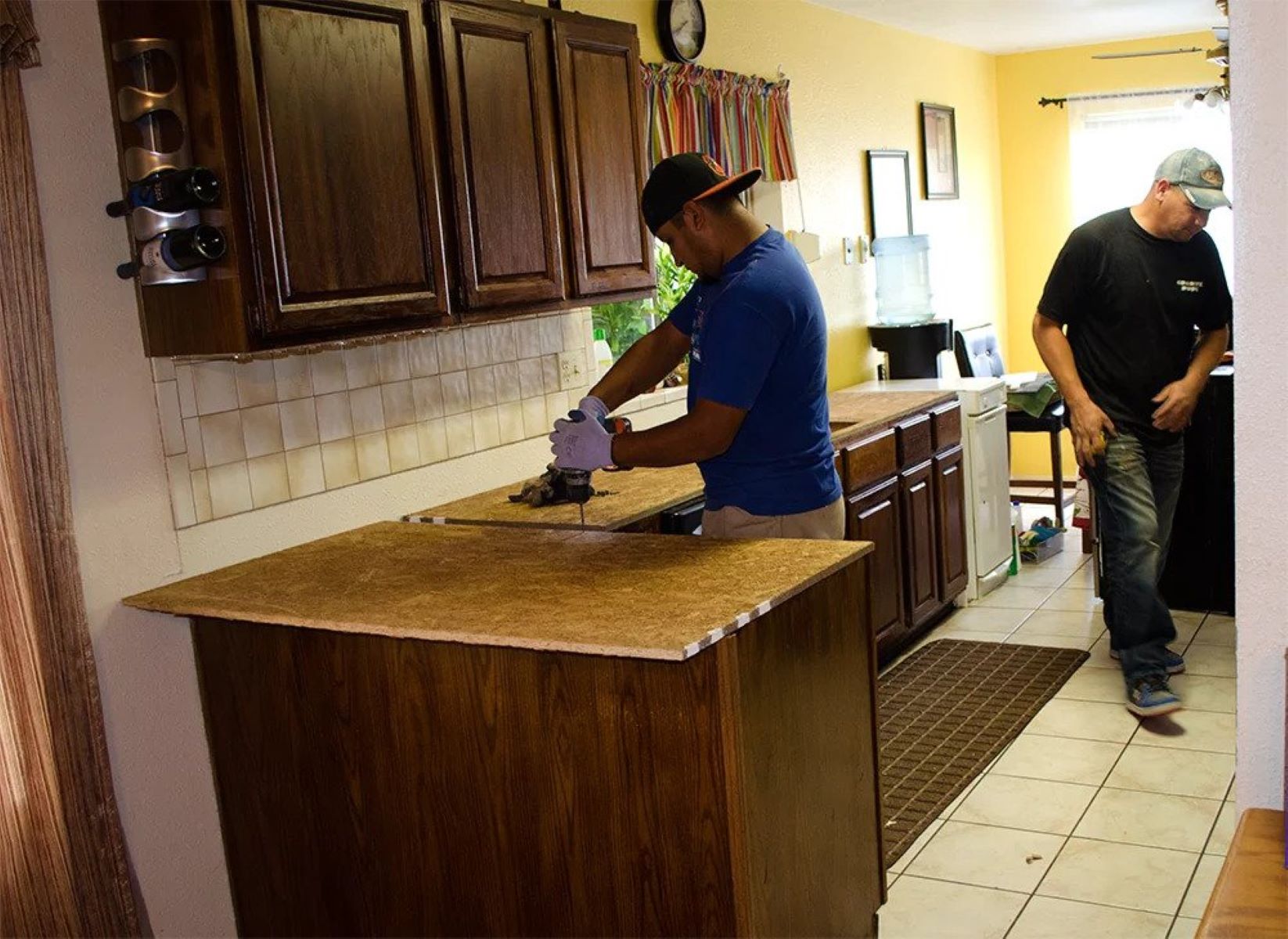
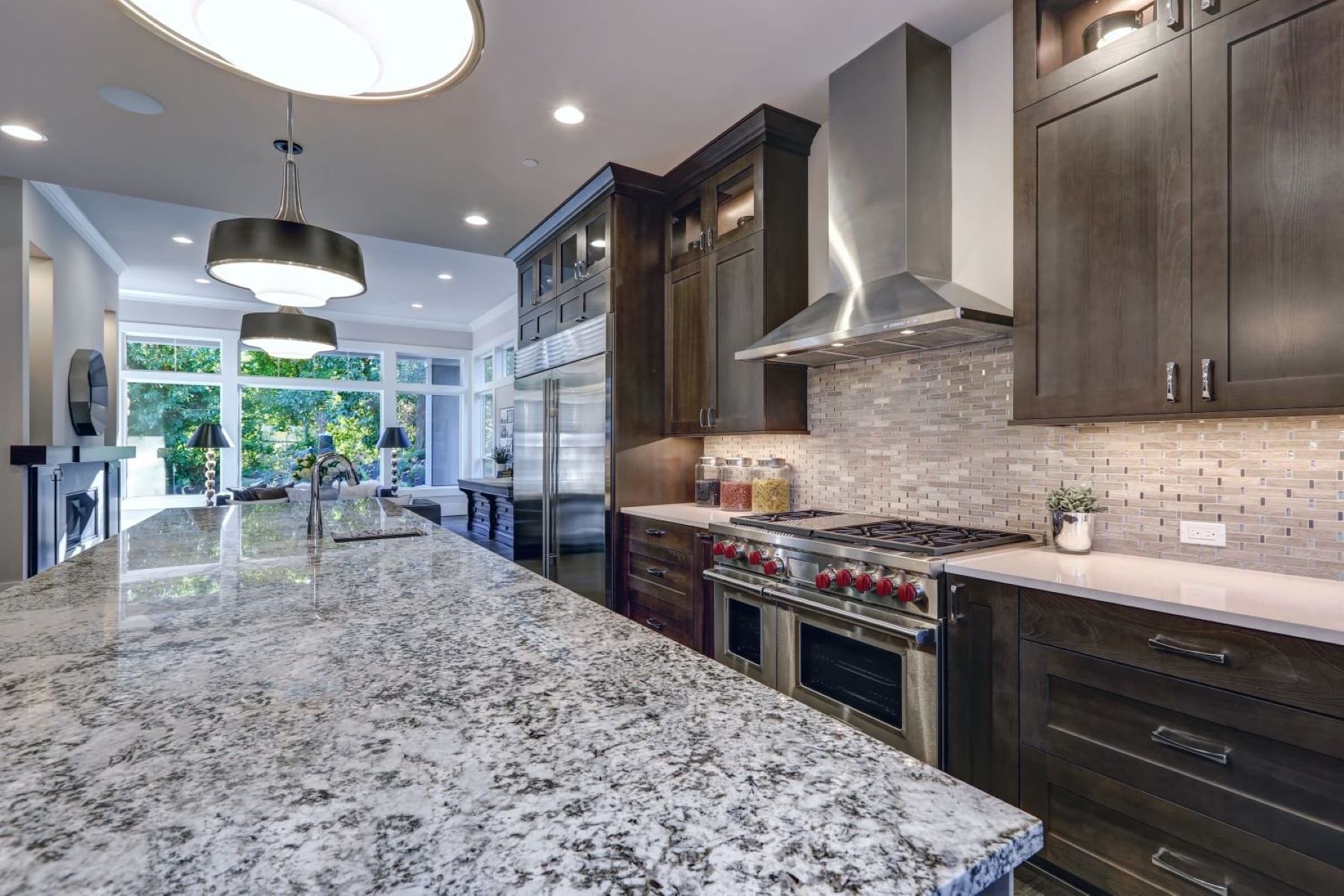
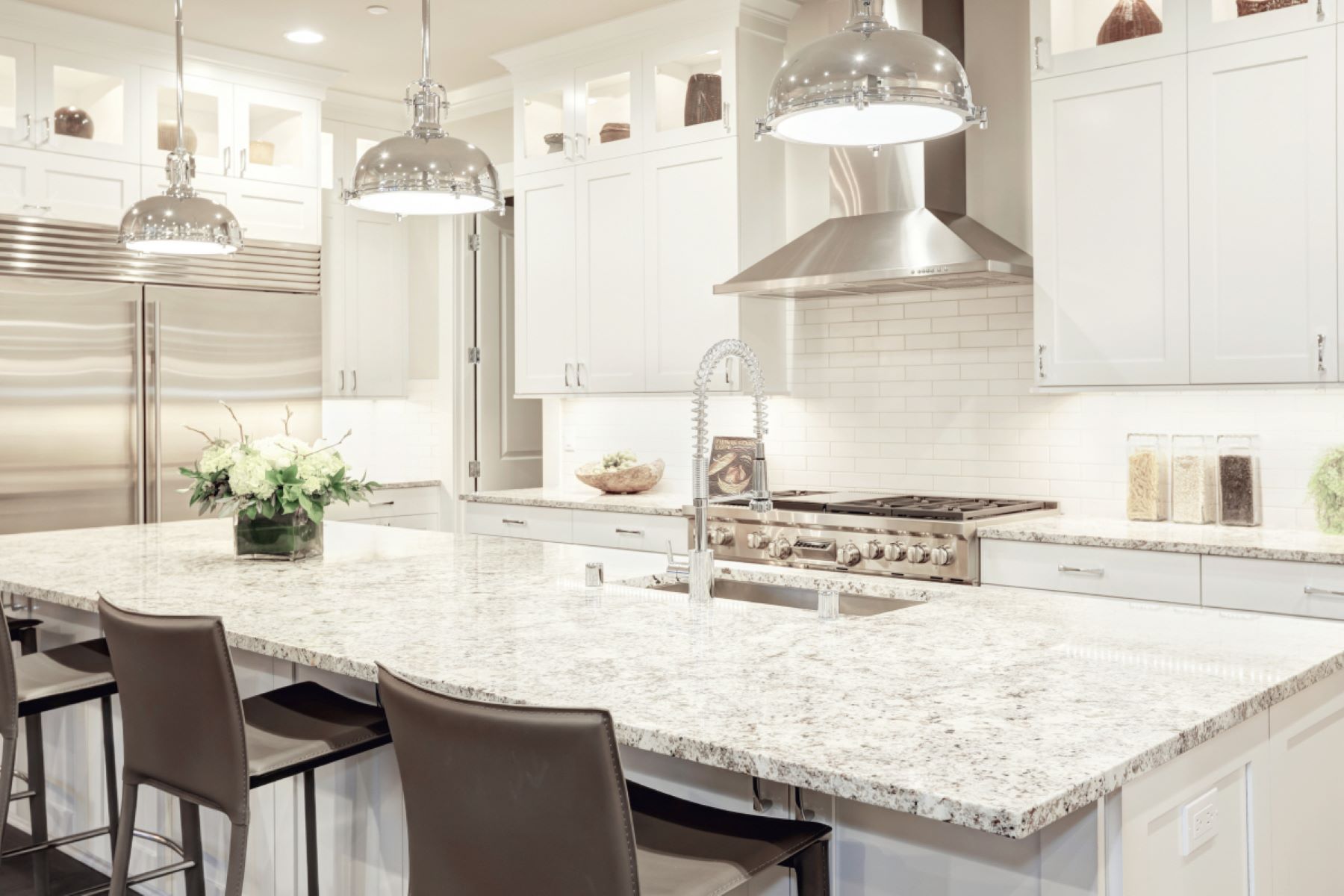
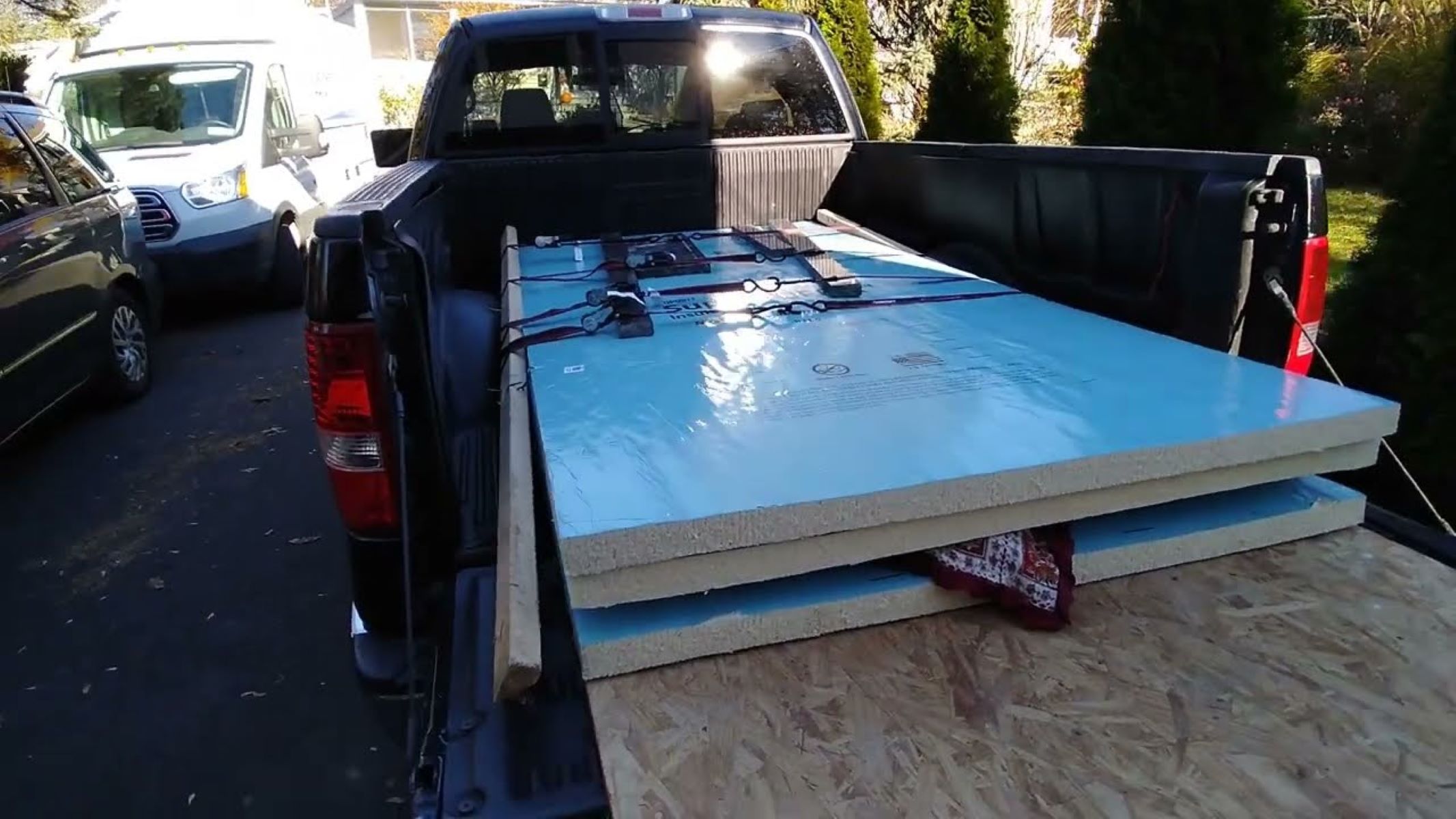

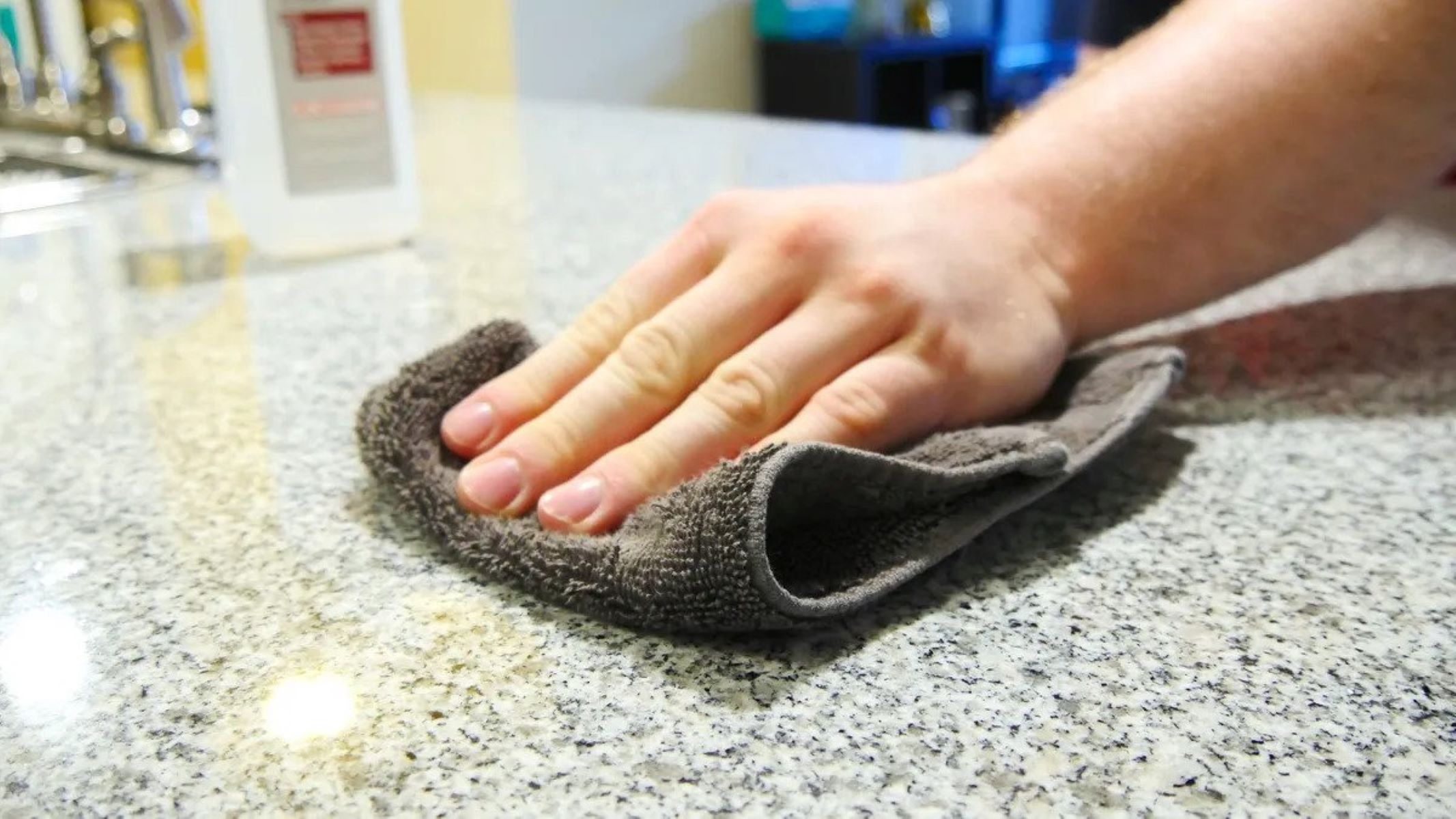
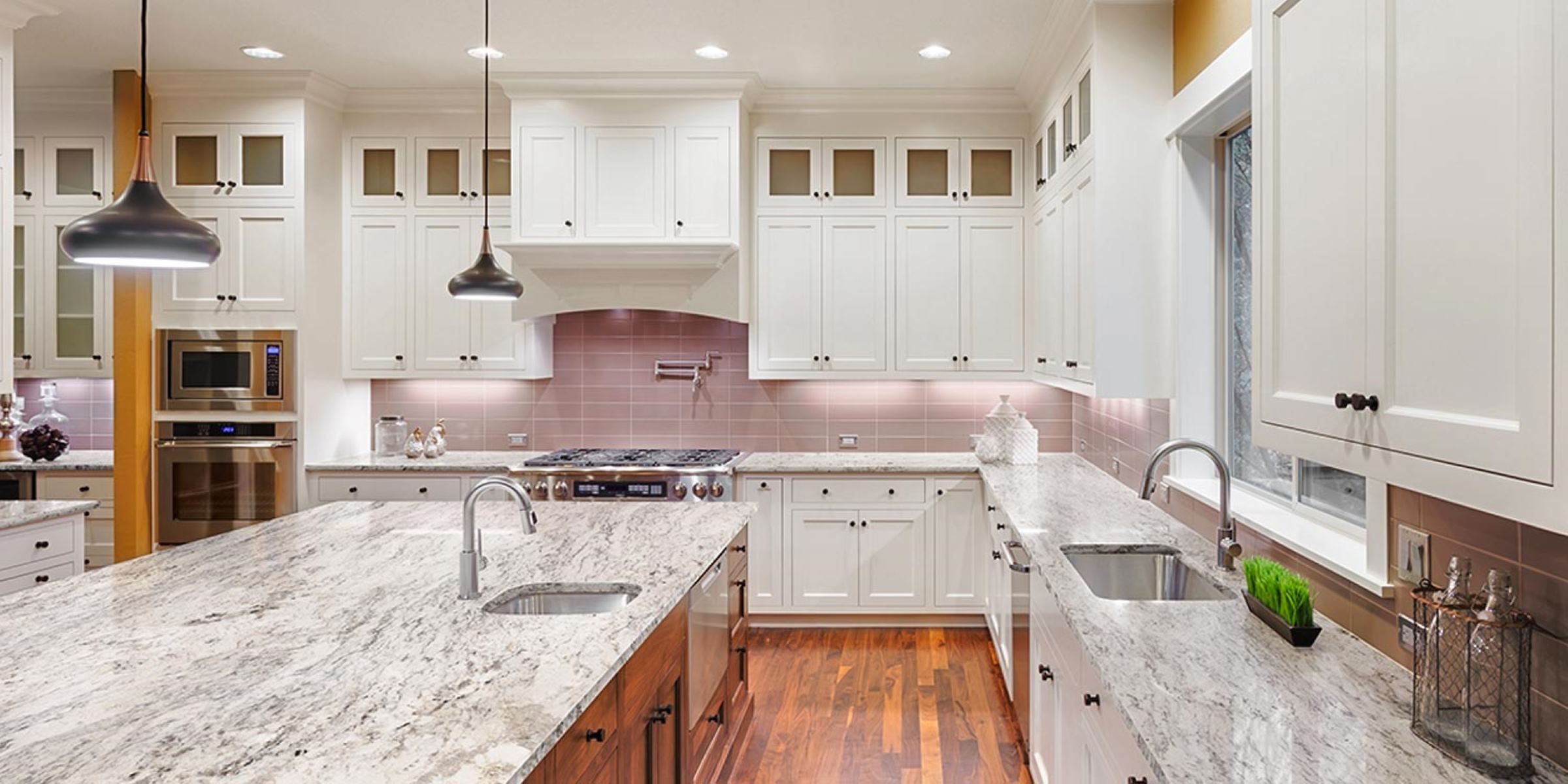
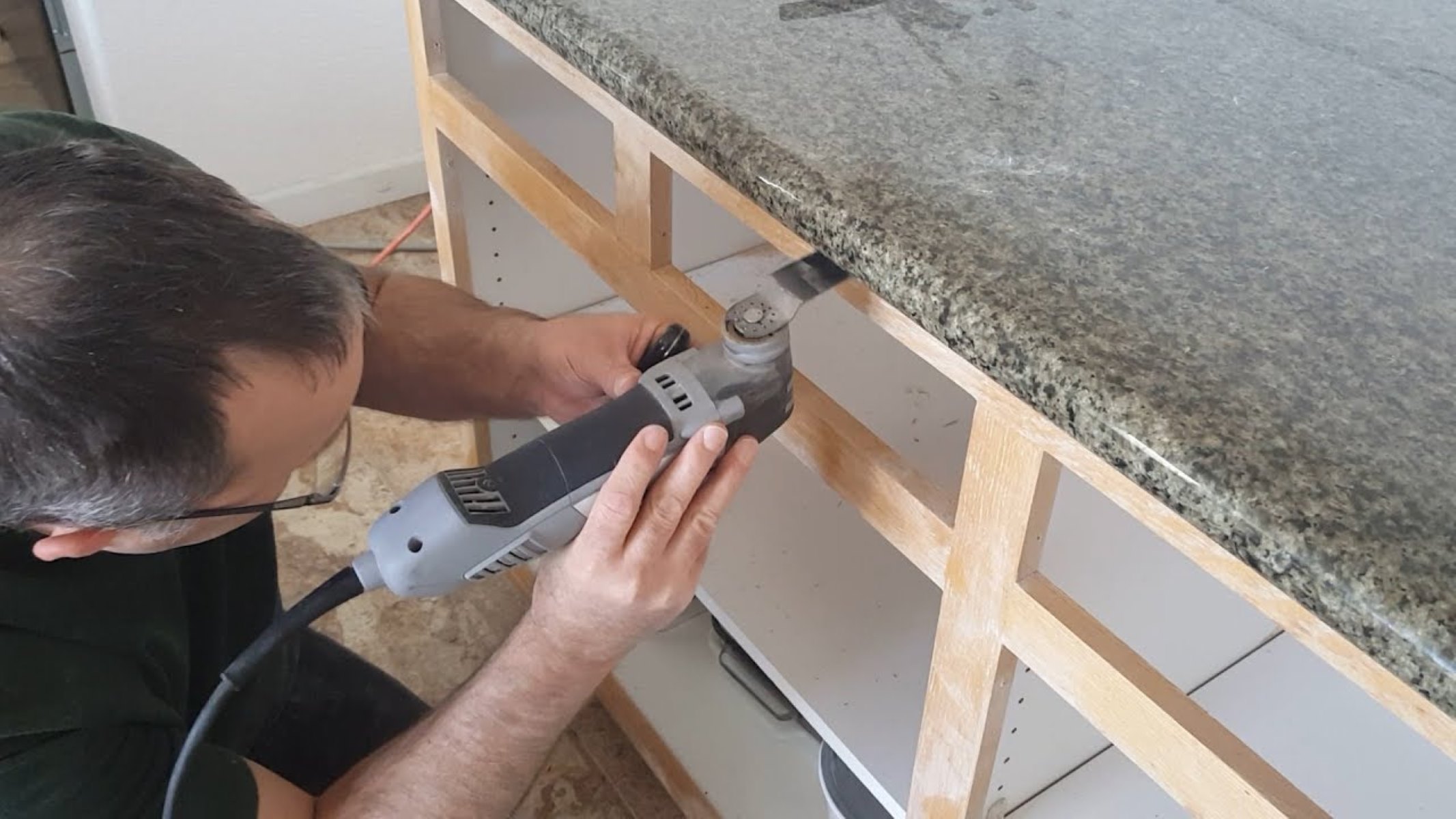
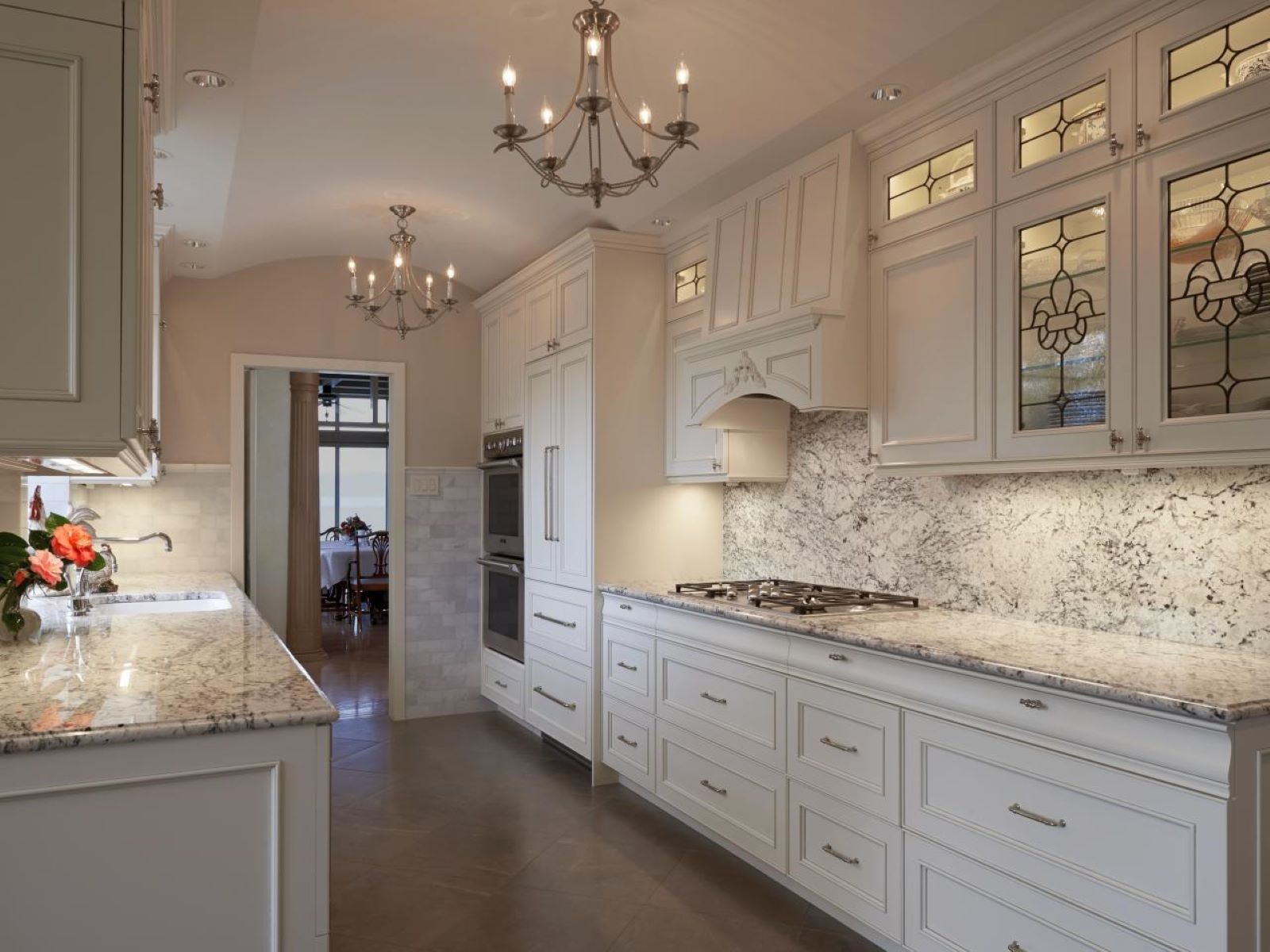


0 thoughts on “How Are Granite Countertops Attached To Cabinets”